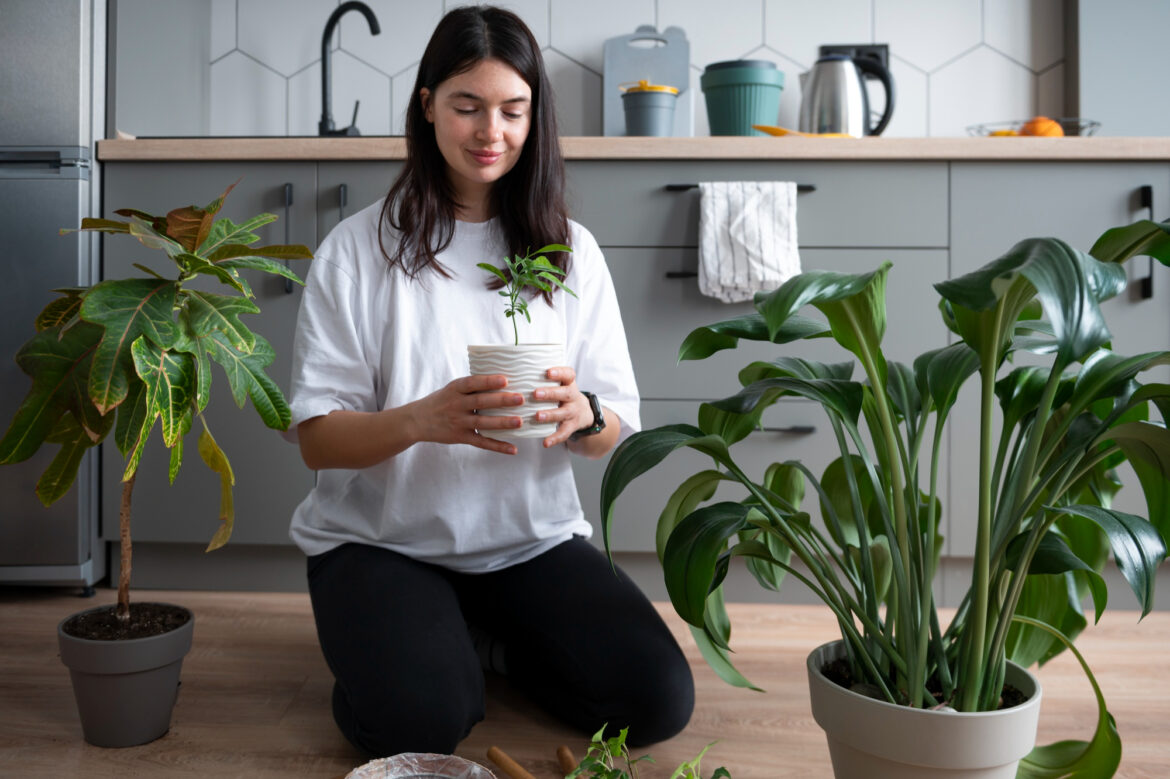Ever feel a bit stuffy or sluggish indoors? You’re not alone! Our homes can harbour hidden nasties like dust, pollen, and even pollutants from cleaning products. But there’s a natural solution that looks beautiful and works wonders: houseplants!
Certain plants have the amazing ability to filter out these airborne toxins, leaving your home feeling fresher and cleaner. So, ditch the harsh air fresheners and embrace the power of nature’s air purifiers!
How Houseplants Clean the Air:
Plants are like tiny living air filters. They absorb carbon dioxide, the gas we exhale, and release fresh oxygen through their leaves. But that’s not all! The roots of these special plants take in airborne toxins through their pores, then break them down into harmless substances that are used as nutrients for the plant itself. Pretty cool, right?
10 Best Air Purifying Plants for a Healthy Home in UK:
Here’s a list of 10 fantastic houseplants that will not only spruce up your décor but also help purify the air in your home:
- Peace Lily (Spathiphyllum):
This elegant beauty is a champion at removing common household toxins like benzene, formaldehyde, and trichloroethylene. It thrives in low light and prefers moist soil, making it a great choice for forgetful waterers.

- Snake Plant (Sansevieria):
Also known as Mother-in-Law’s Tongue, this tough and low-maintenance plant is perfect for beginners. It tolerates low light and infrequent watering, and is a superstar at removing formaldehyde from the air. Bonus: it releases oxygen at night, making it ideal for bedrooms!
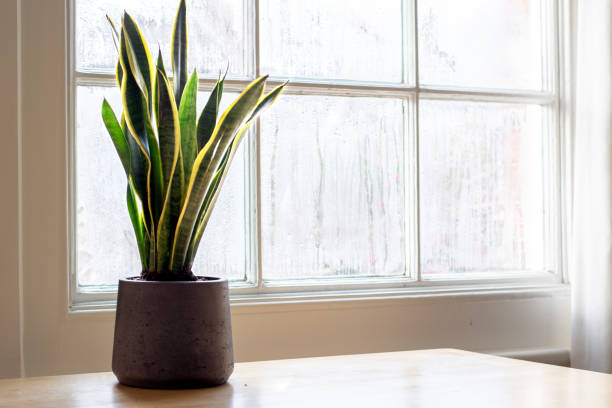
- Spider Plant (Chlorophytum Comosum):
This cheerful plant with cascading green leaves is a natural air purifier and super easy to care for. It thrives in most light conditions and sends out baby spiderettes that you can propagate for more green goodness! Spider Plants remove common toxins like formaldehyde and benzene from the air.

- Devil’s Ivy (Epipremnum Aureum):
This fast-growing vine is a low-maintenance air purifier that can be trained to climb a moss pole or cascade from a hanging basket. Devil’s Ivy removes formaldehyde, xylene, and benzene from the air, making it a great choice for busy living spaces. Just a note: Keep this plant out of reach of pets and children, as the leaves are toxic if ingested.
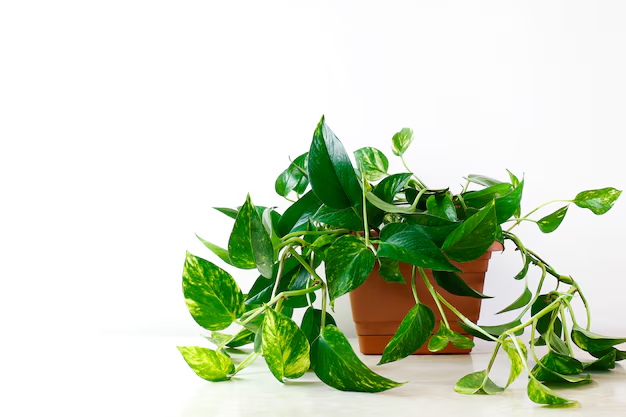
- Boston Fern (Nephrolepis Exaltata):
This lush fern adds a touch of the tropics to your home and is a natural humidifier, adding moisture to dry indoor air. Boston Ferns remove formaldehyde and xylene from the air, and prefer bright, indirect sunlight and evenly moist soil.
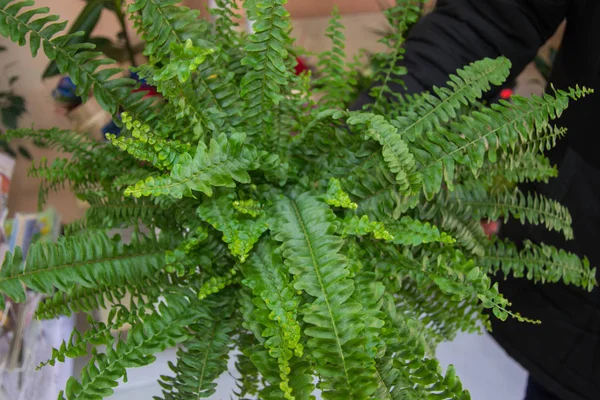
- Rubber Plant (Ficus Elastica):
This sturdy plant with glossy green leaves is a striking addition to any room. The Rubber Plant removes formaldehyde, trichloroethylene, and ammonia from the air, making it a great choice for homes with new furniture or cleaning products. It prefers bright, indirect sunlight and well-draining soil.

- Chrysanthemum (Chrysanthemum Morifolium):
Not just a beautiful flower, the Chrysanthemum is a natural air purifier too! It removes benzene, formaldehyde, and ammonia from the air, and comes in a variety of colours to brighten up your home. Chrysanthemums prefer cool temperatures and bright, indirect sunlight.
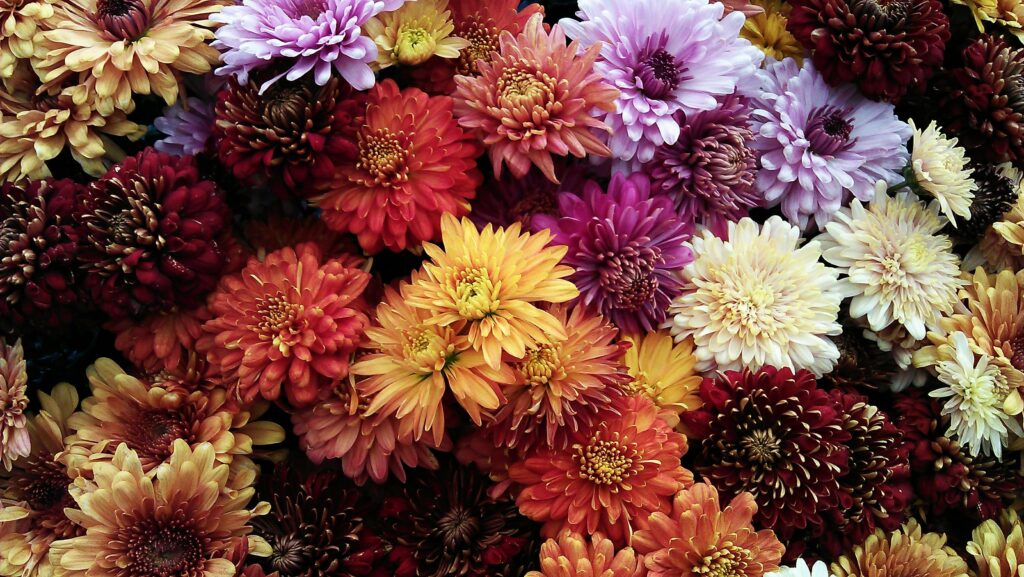
- English Ivy (Hedera Helix):
This classic climbing vine is not only beautiful but also a powerful air purifier. English Ivy removes formaldehyde, benzene, and toluene from the air, making it ideal for rooms with a lot of furniture or carpeting. Just a note: English Ivy can be mildly irritating to the skin, so wear gloves when handling it.
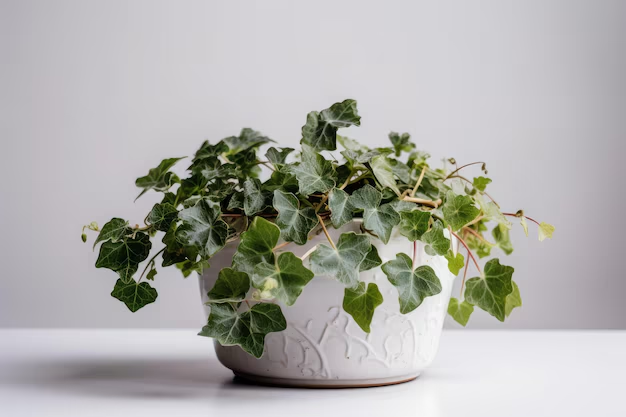
- Bamboo Palm (Dypsis Lutescens):
This elegant palm tree adds a touch of luxury to your home and is a great air purifier. Bamboo Palms remove benzene, formaldehyde, trichloroethylene, xylene, and ammonia from the air, making them ideal for busy living spaces. They prefer bright, indirect sunlight and moist soil.
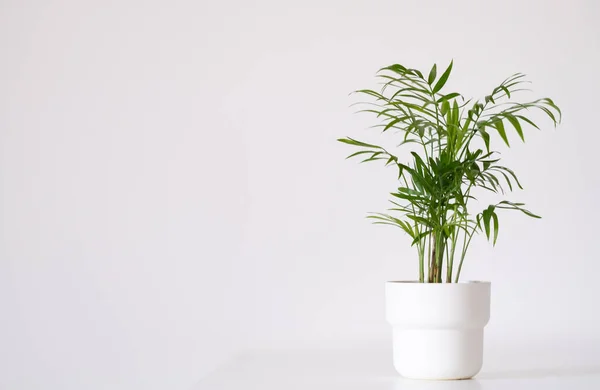
- Aloe Vera (Aloe Barbadensis):
We all know Aloe Vera for its soothing properties, but did you know it’s a fantastic air purifier too? Aloe Vera removes formaldehyde from the air and releases oxygen at night, making it a great choice for bedrooms. It’s a low-maintenance succulent that thrives in bright, indirect sunlight and well-draining soil. Top tip: You can even harvest the gel from the Aloe Vera leaves to use for soothing sunburn!
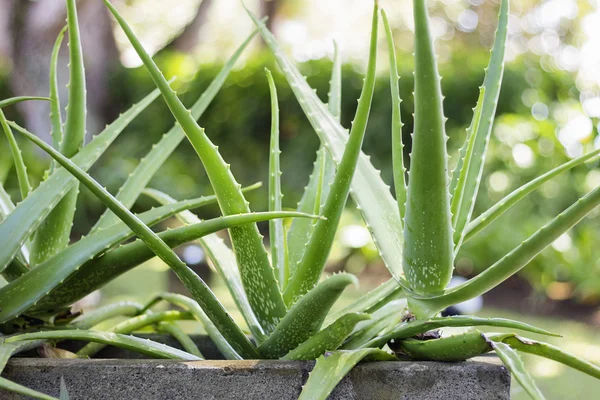
Choosing the Right Plant for You:
With so many fantastic air-purifying plants to choose from, how do you decide which one is right for you? Here are a few factors to consider:
- Light conditions: Some plants need bright light, while others thrive in low light conditions. Consider the amount of natural light available in the room where you want to place your plant.
- Watering needs: Do you have a reputation for forgetting to water your plants? Opt for a low-maintenance option like a Snake Plant or Aloe Vera. If you enjoy regular plant care, a Peace Lily or Boston Fern might be a better fit.
- Pet and child safety: Some plants, like Devil’s Ivy and English Ivy, are toxic if ingested. If you have young children or curious pets, choose a non-toxic variety like a Spider Plant or Rubber Plant.
- Décor style: Plants come in all shapes and sizes, so you can find one that complements your existing décor. Trailing plants like Spider Plants and Devil’s Ivy add a cascading touch, while upright plants like the Rubber Plant or Bamboo Palm make a bold statement.
Planting the Seeds of a Healthier Home:
Ready to bring the power of nature’s air purifiers into your home? Here are a few tips for getting started:
- Start small: Don’t overwhelm yourself – begin with one or two plants and see how you manage.
- Do your research: Before buying a plant, research its specific care needs to ensure you can provide the right environment for it to thrive.
- Repot with care: Most houseplants will need to be repotted every 1-2 years as they grow. Use a pot with drainage holes to prevent waterlogging.
- Enjoy the benefits!: Not only will your new houseplants add beauty and life to your home, but they’ll also help improve the air quality, making your home a healthier and happier place to be.
Beyond Plants: Keeping Your Home’s Air Clean
While houseplants are a fantastic natural way to improve air quality, there are some other things you can do to create a healthier indoor environment:
- Open windows regularly: Fresh air circulation helps to remove pollutants and stale air.
- Reduce your reliance on harsh chemicals: Opt for natural cleaning products whenever possible.
- Invest in an air purifier: This can be a good option for rooms with high levels of pollutants, such as basements or areas with heavy traffic.
- Change your air filters regularly: Dirty air filters can trap allergens and dust, so it’s important to change them according to the manufacturer’s instructions.
By incorporating houseplants and these simple practices into your routine, you can create a clean and healthy home environment for yourself and your loved ones. Breathe easy and enjoy the fresh air!
10 BEST AIR PURIFYING PLANTS for your home: FAQs
1. Do houseplants really clean the air?
Yes, certain houseplants have been shown to effectively remove common airborne toxins from the air we breathe. In a now-famous clean air study conducted by NASA in the 1980s, scientists discovered that certain plants could significantly reduce indoor air pollution from things like formaldehyde, benzene, and trichloroethylene. These toxins can come from sources like building materials, furniture, cleaning products, and even cigarette smoke. While houseplants alone can’t solve serious air quality problems, they can be a helpful addition to your air purification strategy, especially in combination with good ventilation.
2. How many plants do I need to clean the air in my home?
The number of plants you need will depend on the size of your home and the level of air pollution. As a general rule, experts recommend having at least 2-3 medium-sized plants per 100 square metres of floor space. So, for a small apartment, a few well-placed plants might be sufficient. For larger homes, you may want to distribute air-purifying plants throughout different rooms.
3. I don’t have a lot of natural light in my home. Are there any air-purifying plants that will still thrive?
Absolutely! Several plants on our list, like the Snake Plant, ZZ Plant (Zamioculcas zamiifolia), and Cast Iron Plant (Aspidistra elatior), are known for their low-light tolerance. These champions can survive and clean the air even in dimly lit rooms.
4. What if I forget to water my plants? Are there any options for me?
We’ve all been there! The good news is there are several air-purifying plants that are known for their drought tolerance. Succulents like Aloe Vera and Jade Plant (Crassula Ovata) store water in their leaves and require infrequent watering. Snake Plants and ZZ Plants are also known for being forgiving when it comes to watering needs.
5. Some of these plants are toxic to pets and children. Are there any safe alternatives?
Absolutely! If you have curious pets or young children, there are plenty of safe and air-purifying options on our list. Spider Plants, Peace Lilies, Ponytail Palms (Beaucarnea Recurvata), and Rubber Plants (when kept out of reach of nibblers) are all considered non-toxic to pets and children.
6. I’m worried about bugs on my houseplants! How can I prevent them?
Healthy plants are less susceptible to pests. Make sure you’re providing your plant with the right amount of light and water according to its specific needs. Regularly inspect your plants for signs of pests like mealybugs or aphids. If you do spot a problem, isolate the plant and treat it with an insecticidal soap or neem oil solution.
7. My plants seem droopy or discoloured. What am I doing wrong?
There are a few reasons why your houseplant might be unhappy. Overwatering is a common culprit. Always check the soil moisture before watering, and ensure your pot has drainage holes to prevent waterlogging. Insufficient light, incorrect fertilisation, or even temperature extremes can also stress your plant. Research the specific needs of your plant and adjust your care routine accordingly.
8. Can I propagate my air-purifying plants to get more?
Absolutely! Propagation is a great way to multiply your favourite air-purifying plants and create a little urban jungle in your home. Spider Plants send out baby spiderettes that can be easily detached and potted on their own. Snake Plants can be propagated by division, and some philodendron varieties can be propagated by stem cuttings.
9. Where can I buy air-purifying plants?
Air-purifying plants are widely available at most garden centres, nurseries, and even some supermarkets. You can also find a good selection online from specialist plant retailers. When buying a plant, choose one that looks healthy and free of pests.
10. What are some other things I can do to improve the air quality in my home?
Houseplants are a fantastic natural solution, but there are other things you can do to create a healthy indoor environment. Open windows regularly to allow fresh air circulation, reduce your reliance on harsh chemical cleaning products, invest in an air purifier for rooms with high pollution levels, and change your air filters regularly according to the manufacturer’s instructions. By incorporating a combination of these strategies, you can breathe easy and enjoy a clean and healthy home.
